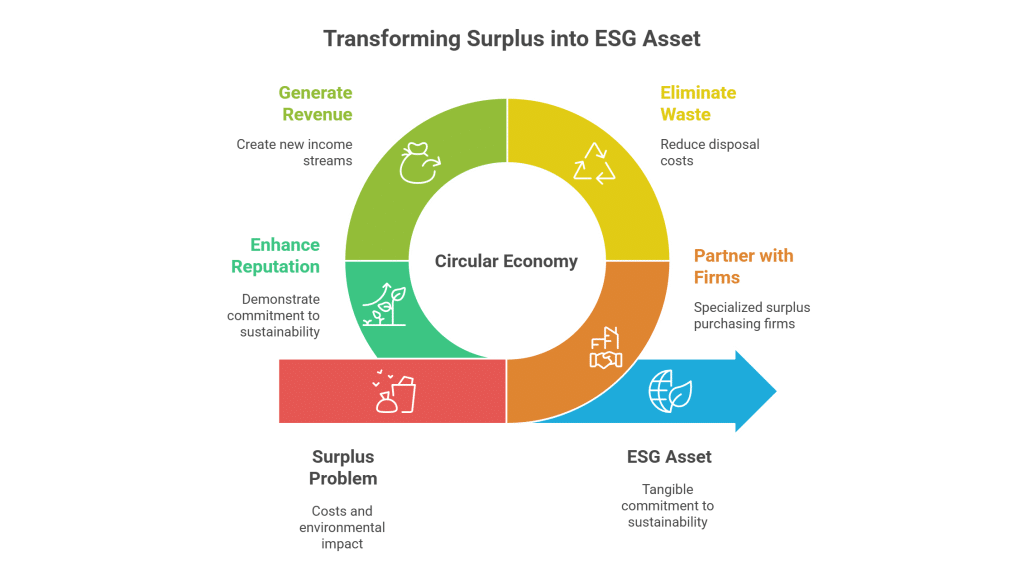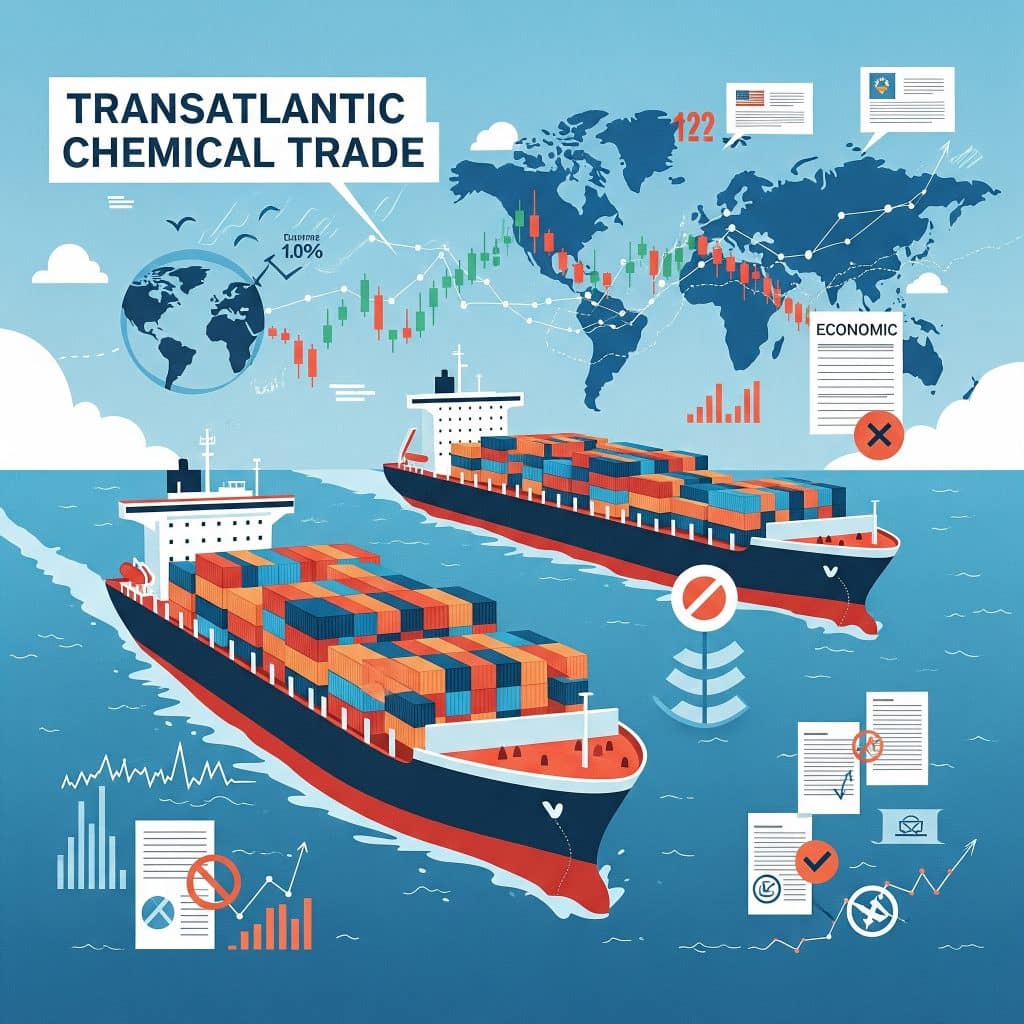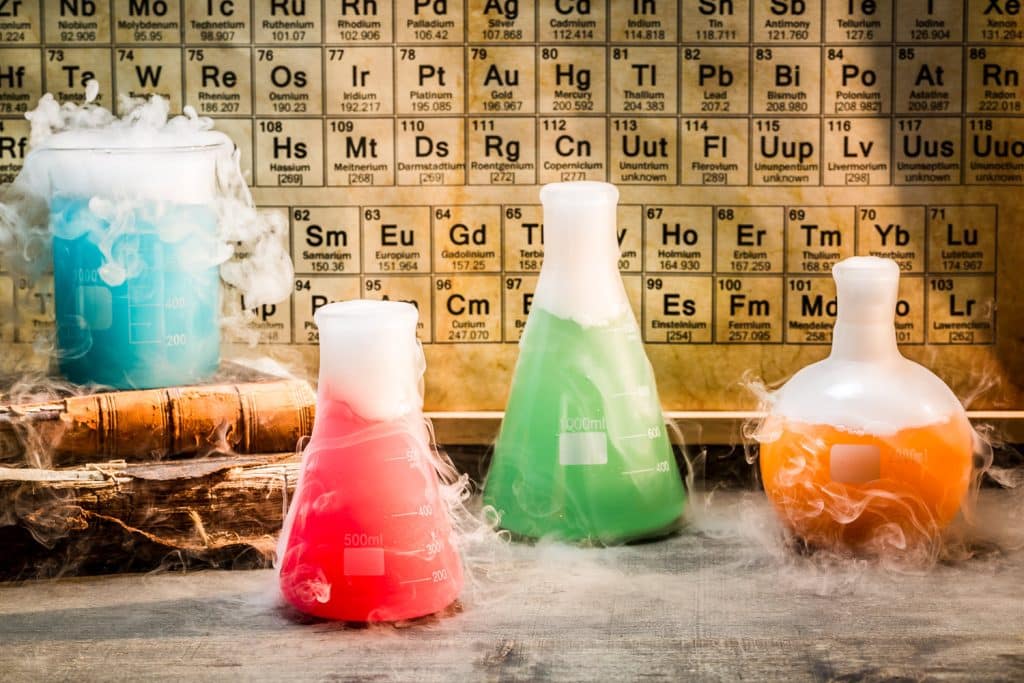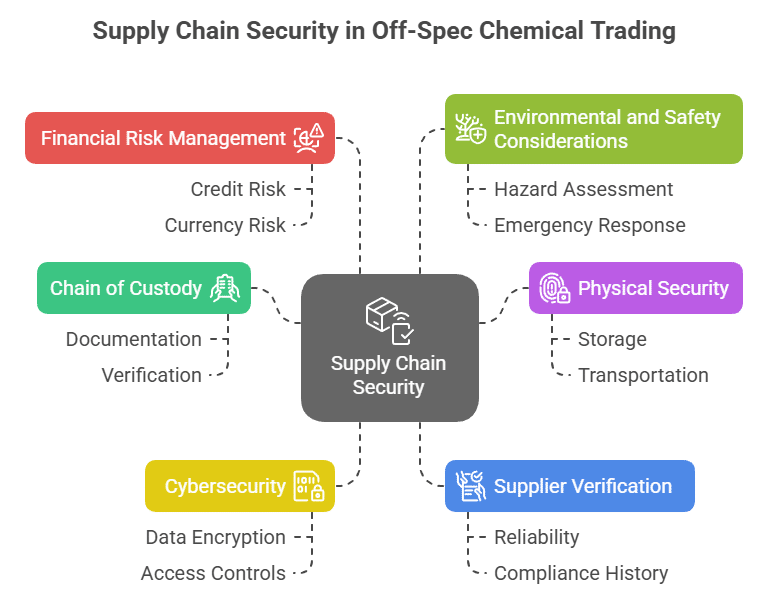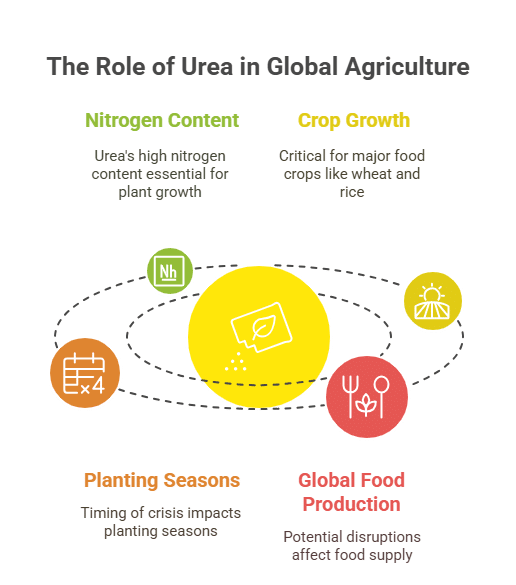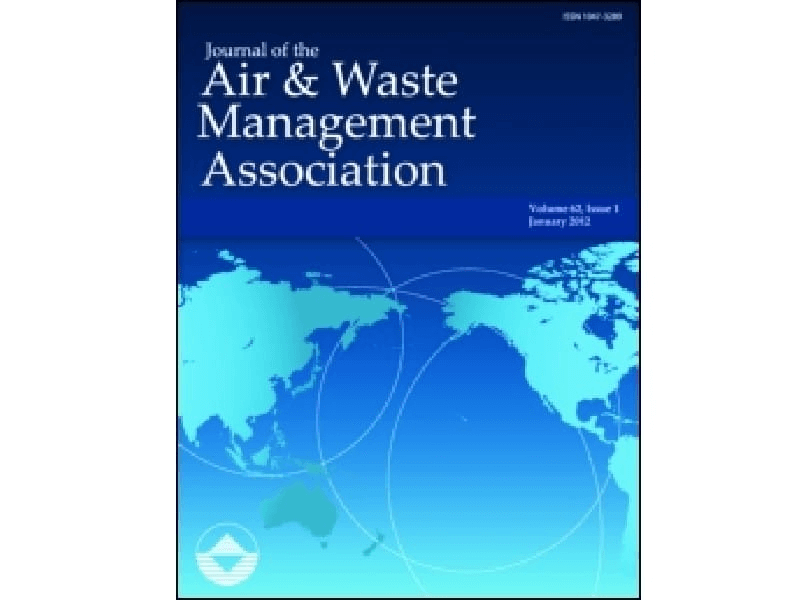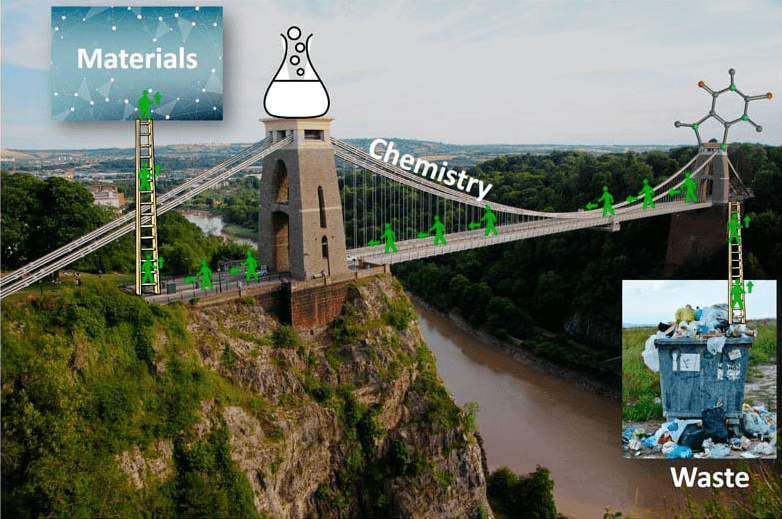Transforming Surplus Potassium hydroxide into Opportunity for Soap, Detergent, and Biodiesel Industries
Potassium hydroxide (KOH) is a highly effective alkaline compound widely used in both soap making and biodiesel production. Recognized for its ability to catalyze saponification in detergent manufacturing and facilitate oil conversion in biodiesel, surplus inventories of KOH can represent a significant asset rather than a liability. When stored beyond production requirements, this surplus chemical can offer unique opportunities for value recovery and cost optimization.
Potassium hydroxide in Soap & Detergent and Biodiesel: Unlock Surplus Value
Engaging in the trading of surplus chemicals like Potassium hydroxide brings multifaceted benefits. Sellers can free up valuable storage space, reduce disposal costs, and even generate revenue by moving excess inventory, while buyers enjoy cost savings and reliable chemical sourcing. Moreover, this practice promotes sustainability by reducing potentially hazardous waste and easing the burden of strict disposal regulations. Companies can turn an environmental challenge into a profitable opportunity by efficiently managing their chemical stocks.
Potassium hydroxide in the Soap & Detergent and Biodiesel Industries
For buyers, surplus Potassium hydroxide offers cost-effective procurement with verified quality, ensuring a stable supply for continuous production. This allows for reduced sourcing costs, minimized downtime, and increased production reliability in industries with high-volume usage.
Sellers benefit by recovering costs on excess inventory, freeing up warehouse space, and avoiding the high expenses associated with chemical disposal. Additionally, they can improve their environmental footprint by diverting surplus chemicals from waste streams, thus aligning with sustainable business practices.
Table of Contents
Turning Excess KOH into Profit – A Surplus Trading Success Story
A leading manufacturer of soap and biodiesel faced challenges with surplus Potassium hydroxide accumulating in their storage facilities. Instead of incurring high disposal costs and facing stringent environmental regulations, they opted to trade their excess inventory. By partnering with a specialized surplus chemical trading platform, they not only cleared their storage space but also recovered significant capital. The cost-savings allowed them to invest in process improvements while maintaining regulatory compliance. This strategic move transformed a potential waste issue into an opportunity that bolstered both their environmental credentials and bottom line.

